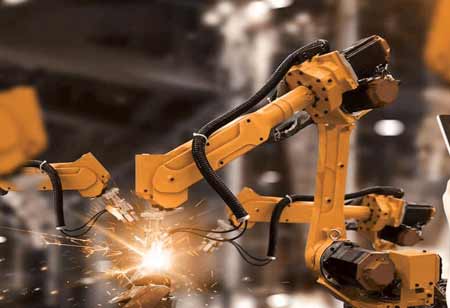Deploying a digitised radiography technique favours an increased efficiency and accuracy in medical imaging, thereby assisting in an effective diagnosis.
FREMONT, CA: Modern diagnostic imaging and radiography, though thriving in the healthcare sector for almost a century, are likely to have undergone varied advancements in recent years. Following digitised radiography procedures, AI-aided interpretation, dual-energy imaging, tomosynthesis, computer-aided diagnosis, automatic image stitching, and digital mobile radiography are soaring in the medical imaging space. Moreover, these advancements have elevated the image quality, thereby favouring enhanced patient care and support. As a result, it is constantly striving to provide an induced patient outcome and lower radiation exposure while reducing the need for retakes.
Deploying digitised radiography in the healthcare sector facilitates seamless advantages like reduced exposure times, improved detail detectability, high image quality, and elevated processing and diagnostics. Alongside this, it produces images that are quite easy to store and share with doctors, with an enhanced capability for remote viewing from its connected digital devices.
Therefore, medical imaging professionals often opt for plausible inventions that are likely to soar in the sector, which, in turn, enhances their knowledge of imaging modalities relatively. Generally, both traditional X-rays and digital radiography encompass similar characteristic facets like image detection, capture, and data storage.

